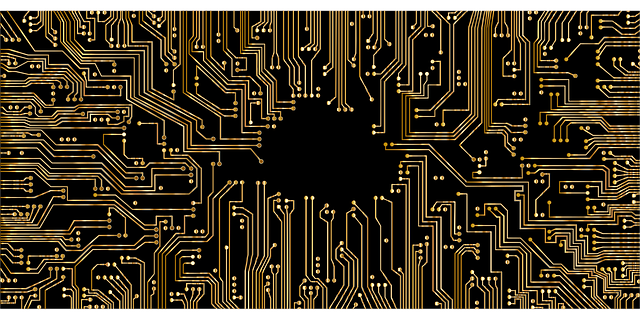Picture a world in which your car’s speedometer appears not on the dashboard, but rather on the inside of the windshield. A world in which smart windows adjust their transparency according to the environment. A world in which advanced wearables measure not just data like body temperature and pulse rate but also hormone levels.
That’s the world we are fast approaching, given developments in the field of transparent electronics.
A research team from Australia’s Royal Melbourne Institute of Technology (RMIT) issued a report in April 2021 about a breakthrough in the two-dimensional semiconductor space, and that is expected to make all of this possible, as well as things like transparent solar panels and optical coatings. (An aside about the latter: The hope is that whatever eyewear comes of this, it advances beyond the Google Glass, which created a buzz in the early 2010s but was phased out just a few years later, largely because of privacy concerns.)
Certainly the potential of transparent electronics has attracted the attention of the tech giants, as well as investors. Samsung, Apple, 3M and Cambrios Technology are among those making inroads in the field, and the market for these devices, which stood at a shade over $996 million in 2019, is expected to balloon to $3.8 billion by 2025. That’s an impressive compound annual growth rate of 25 percent, and it’s not expected to slow anytime soon. By 2041, in fact, the market is expected to reach $20 billion.
The RMIT team developed ultrathin beta-tellurite, a high-mobility p-type oxide that according to team leader Dr. Torben Daeneke “fills a crucial gap in the materials spectrum to enable fast, transparent circuits.”
As explained in the report, p-type semiconducting materials are characterized by positively charged electrons, n-type materials by those that are negatively charged, and stacking them atop one another allows electronic devices to function. The issue, however, is that researchers have not been able to find many p-type oxides over the years.
Daeneke’s team built on previous research showing that tellurium could behave as both a metal and non-metal. They were able to synthesize beta-tellurite, then spread a molten layer — one that was just 1.5 nanometers thick — over a surface. Testing showed that it was anywhere between 10 and 100 times faster than any p-type semiconductors that had been previously developed.
The RMIT team built in part upon the work of a team at Saudi Arabia’s King Abdullah University of Science and Technology, which in 2018 developed nanowires so thin that they were transparent. Atif Shamim, Associate Professor of Electrical and Computer Engineering (ECE) and Principal Investigator of the Integrated Microwave Packaging Antennas and Circuits Technology (IMPACT) lab, told the website Phys.org that the idea came to him when he saw his newborn son in an incubator within a maternity ward: How can infants be protected from radiation in such a room, the elder Shamim wondered, while still being visible to their loved ones?
His team’s work revealed a potential answer to that question, and now the RMIT team has gone one step further. So too has the technology as a whole.
